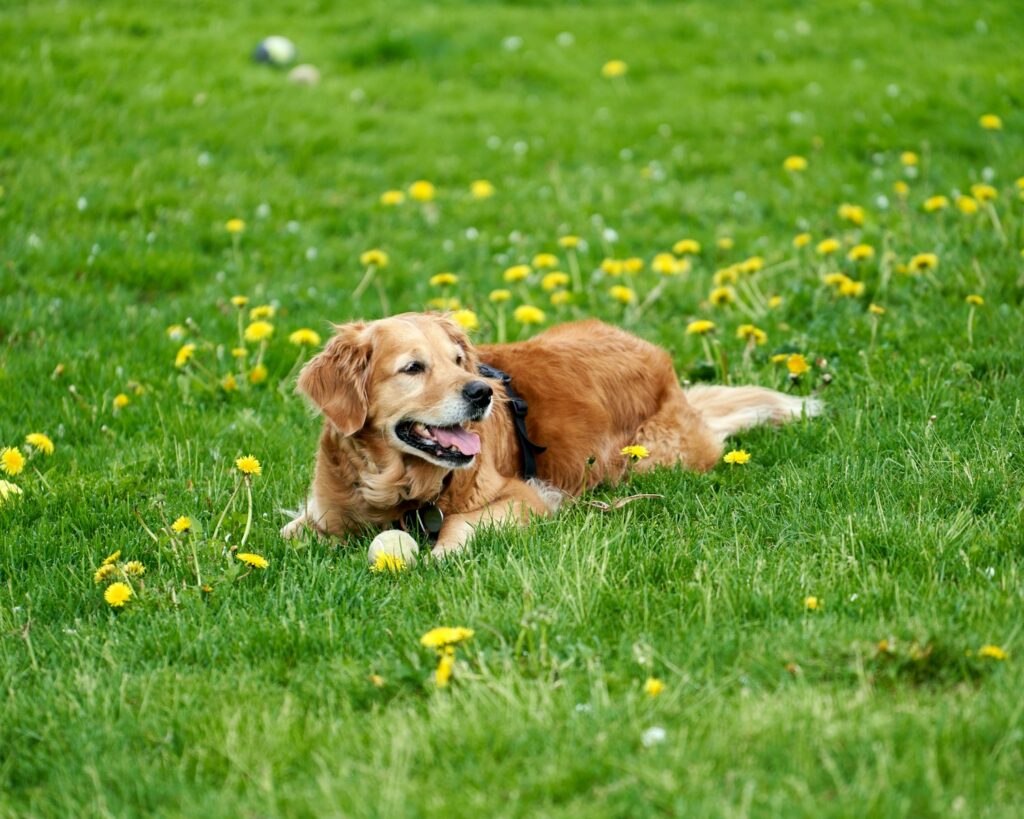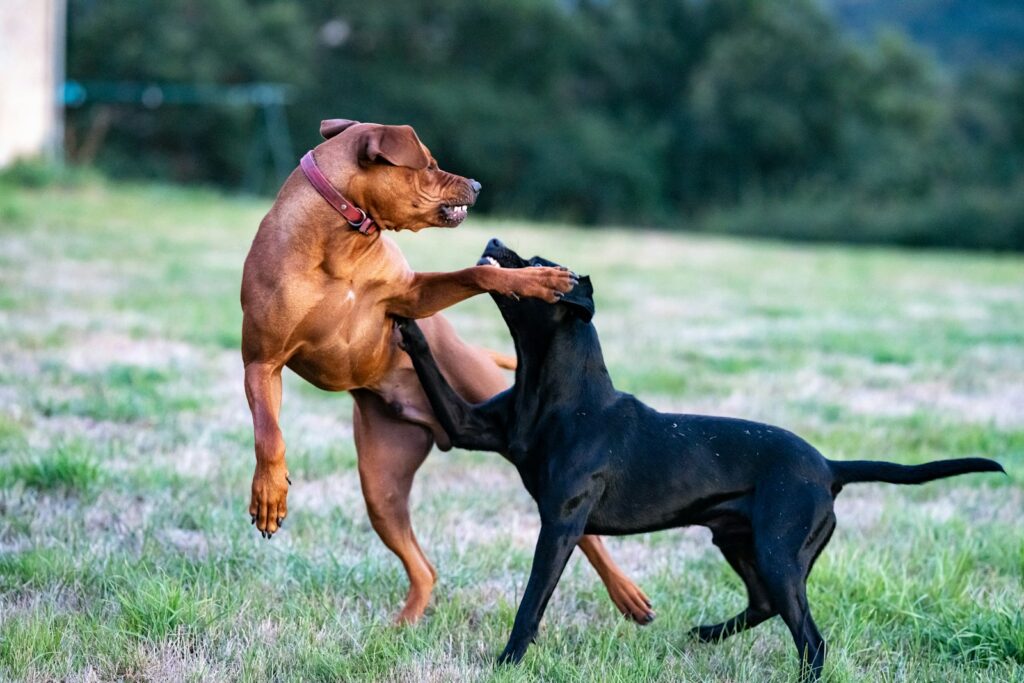Every dog owner hopes their furry companion is happy and content, but unlike humans, dogs can’t tell us directly when something is wrong. Instead, they communicate through body language and subtle behaviors that reveal how they truly feel. Understanding these signals helps you protect your bond and ensure your dog feels secure and loved. Below are nine clear signs that your dog might not be entirely happy with you, along with what each could mean and how you can respond thoughtfully.
1. Low or Tucked Tail

A dog’s tail is one of its most expressive features. When it’s tucked low or tightly between the legs, it often indicates fear, anxiety, or discomfort. This posture shows that your dog feels uncertain or possibly unhappy with something in his environment, maybe a recent scolding, unfamiliar guests, or a tense situation. If you notice this sign often, approach gently, lower your voice, and avoid sudden movements. Offering reassurance and patience can help rebuild his sense of safety and confidence around you.
2. Ears Pinned Back or Flat

Ears pulled back flat against the head can signal nervousness or unhappiness. While some breeds naturally have different ear shapes, a noticeable change, especially combined with a lowered head or stiff body, means your dog is uneasy. This body language can appear during stressful moments, such as after being reprimanded or around loud noises. The best response is calm reassurance rather than confrontation. Soft tones and a relaxed presence show your dog he’s safe, easing the tension and restoring trust.
3. Avoidance or Turning Away

If your dog turns his head, avoids eye contact, or physically moves away when you approach, he’s likely uncomfortable or upset. This behavior isn’t defiance, it’s communication. Dogs turn away when they need space or when something about the interaction feels overwhelming. Pushing too hard for affection can worsen his discomfort. Instead, give him time and let him come to you when he’s ready. Respecting this boundary shows emotional understanding and strengthens your relationship over time.
4. Reduced Interest in Activities

When your playful pup suddenly loses enthusiasm for favorite activities, walks, toys, or cuddles, it can be a subtle but serious signal of unhappiness. This drop in engagement might mean he’s feeling neglected, bored, or emotionally disconnected. Pay attention to changes in your routine or tone that could have affected his mood. Restoring joy can be as simple as spending more quality time together, reintroducing stimulating play, and giving him consistent affection and reassurance that you’re still his trusted person.
5. Excessive Yawning, Lip Licking, or Showing Whites of Eyes

These subtle signs, often called “calming signals,” are your dog’s way of saying he feels stressed or uneasy. Yawning when not tired, frequent lip licking, or revealing the whites of his eyes (“whale eye”) all suggest tension. You might notice these when you raise your voice, hug too tightly, or approach too quickly. Instead of scolding, slow down your movements, soften your tone, and offer calm energy. Recognizing these clues early prevents discomfort from escalating into fear or avoidance.
6. Changes in Eating or Sleeping Patterns

Sudden shifts in appetite or sleep habits can indicate emotional unhappiness. A dog that eats less, sleeps excessively, or withdraws from normal activity may be reacting to stress or sadness. Sometimes it’s due to household changes, a new routine, less attention, or tension in the environment. Other times, it might signal a health issue. Start by restoring predictability in feeding and playtimes. If the change persists, consult a vet to ensure your dog’s well-being, both emotionally and physically.
7. Withdrawal or Hiding

If your dog starts retreating to quiet corners, hiding under furniture, or avoiding interaction altogether, it’s a strong indicator of emotional distress. This behavior often stems from feeling unsafe, misunderstood, or overwhelmed. Instead of pulling him out or forcing contact, give him a calm, comforting space. Sit nearby without demanding attention, letting him approach when he’s ready. Small gestures of patience, combined with gentle encouragement, show your dog that you respect his boundaries and are still a safe presence.
8. Unexpected Aggression or Snapping

A sudden growl, snarl, or snap from a usually gentle dog can be alarming, and it’s often a last-resort communication of unhappiness or discomfort. This aggression may stem from feeling threatened, hurt, or unfairly treated. Never punish aggression with anger; it will only reinforce fear. Instead, pause and reflect on what triggered it, perhaps overstimulation, pain, or confusion. By responding with calm observation and empathy, you create space to rebuild trust and restore emotional balance.
9. Excessive Pacing, Restlessness, or Hyper-Alert Posture

A happy dog can relax easily, but when your pet can’t seem to settle, pacing back and forth, panting, or standing stiffly alert, he’s showing signs of stress or unhappiness. This restlessness might follow a tense encounter or stem from unmet needs like exercise, stimulation, or emotional reassurance. Observe the context: Is there noise, conflict, or change nearby? Help your dog decompress through calm companionship, gentle walks, and consistent routines that help him feel secure and grounded again.
Comments